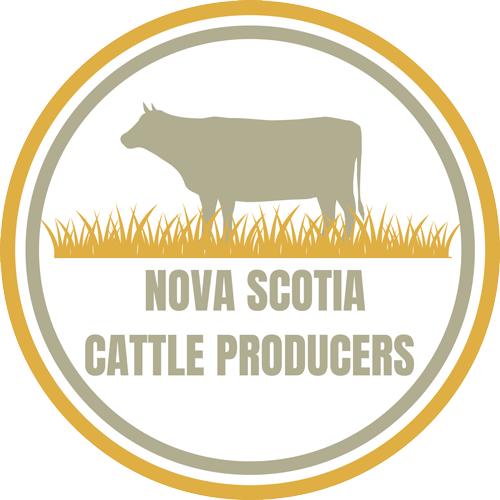Producers Share Ideas for Developing Safe and Relatively Economic Pastures With Greater Longevity
While the old nursery rhyme says Mary the contrary used several odd techniques to get her garden to grow, Canadian beef producers are relying more on new forage varieties, new forage blends and new management approaches to not only produce more grass, but also help to extend the grazing season.
Producers are looking for different things from forages — that includes varieties that come into production early and hold their quality later, varieties and species that tolerate drought, others that don’t mind wet feet, legumes that have high production but minimize the risk of bloat, and grasses, legumes and even annual crops with the versatility to be grazed, baled or silage — these are among the features being evaluated and incorporated into forage mixes across the country.
Some of the old standbys such as bluegrass and timothy are still common in established pastures, but there are plenty of new grasses and legumes finding a fit. Blends are popular – mixes of grasses and legumes, combinations of early and later maturing forages, even warm and cold season species are all being used to increase forage production and extend the grazing season.
Producers are also using innovative techniques to get seedings established. Some of the newer varieties, many now being used in blends, aren’t necessarily cheap. Depending on the variety mix and actual seeding technique, producers report the cost of creating new and/or improving established pastures can range from $80 to $400 per acre. That may sound like heady figures to grow grass, but if you can get improved forage production, extend the grazing season and produce more pounds of beef, the amortized costs can actually pencil out quite well.
Whether they are producing beef cattle on Nova Scotia’s north shore, in central New Brunswick, northeastern Ontario, southern and central Saskatchewan, or in central or southern Alberta, these producers are just examples of the effort being put into improved forage production. Grass just doesn’t happen, it takes time, management and investment to grow more feed, that will ultimately produce more pounds of beef.
Read the full Beef Cattle Research Council (BCRC) article here.
